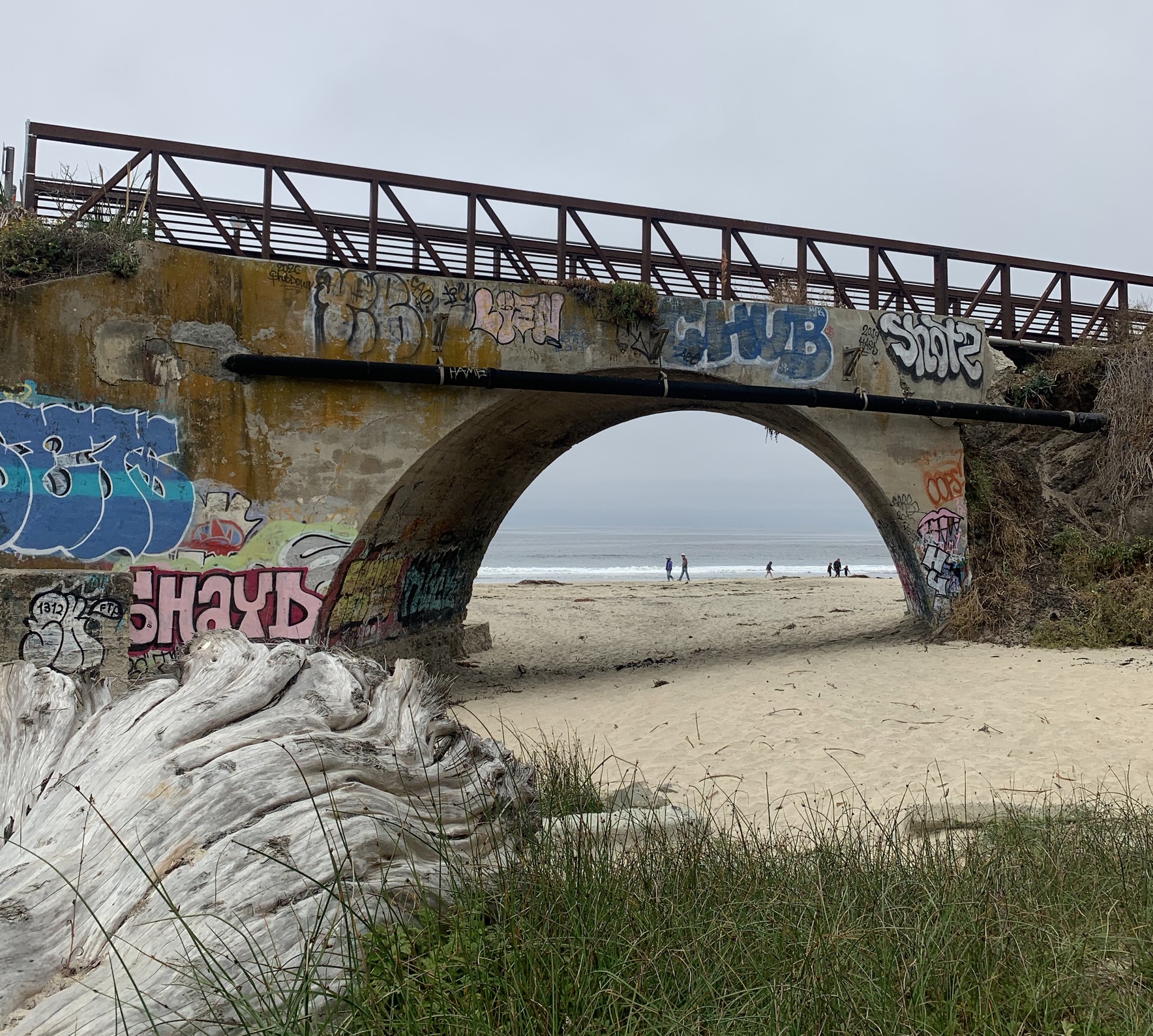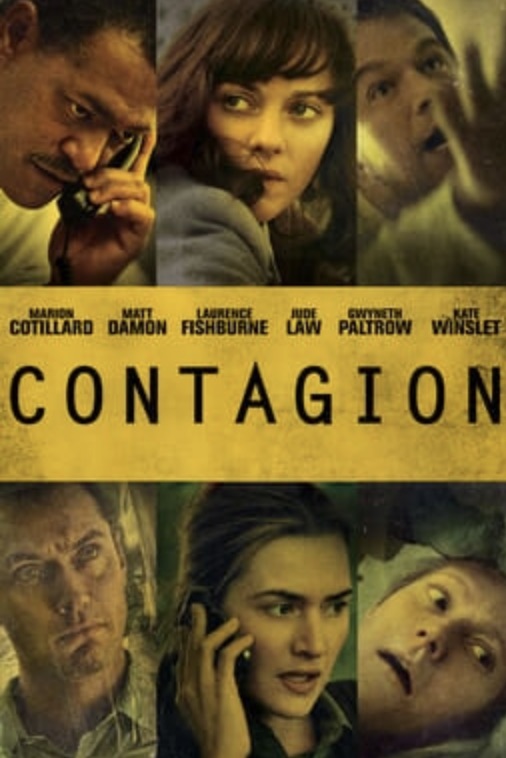|
Getting your Trinity Audio player ready...
|
PRESS RELEASE.
Local officials call the human toll of the ongoing pandemic “devastating” as they urge all residents to follow health and safety measures
Posted December 16 at 12:45 p.m.
Redwood City – As COVID-19 cases and hospitalizations surge and ICU capacity declines, San Mateo and 10 other Bay Area counties are under a mandatory Regional Stay At Home Order that takes effect Thursday, Dec. 17, at 11:59 p.m.
The order prohibits private gatherings of any size, except for outdoor church services and political demonstrations. Restaurants must stop offering in-person dining and can offer only take-out and delivery.
Many businesses and activities must close, including salons and barbershops. Retail can remain open at 20 percent capacity. Nonessential travel and the use of hotels or short-term rentals for leisure is banned.
The state of California announced the order today as regional ICU bed capacity fell below 15 percent, a trigger threshold. The order is meant to prevent crowding and mingling among non-household members and overwhelming the health care system.
The order is less sweeping than the lockdowns ordered in the spring. People can continue with essential activities like going to the doctor, buying groceries and picking up takeout food.
The rules will remain in effect for at least three weeks.
Outdoor activities like walking, hiking, cycling and outdoor religious ceremonies are permitted. Schools that have already reopened for in-person classes under a plan reviewed by San Mateo County Health and the San Mateo County Office of Education may remain open.
All retail operations and shopping centers are limited to 20 percent capacity (35 percent for stand-alone grocery stores) with entrance metering and no eating or drinking in the stores.
The County of San Mateo will comply fully with the state order.
Warren Slocum, president of the Board of Supervisors, called the ongoing pandemic “devastating and tragic.”
“So many lives have been affected by COVID-19 across the world and here at home. It’s heartbreaking,” Slocum said. “The holidays are a time when we show our love for our friends and our families. I encourage everyone this holiday season to show your love by giving the gift of good health. Please stay home and stay safe.”
Surge in Cases
As of Tuesday, December 15, the County has reported to the state a total of 18,907 COVID-19 cases since the pandemic began. Deaths due to COVID-19 are 183.
The County has recorded new single-day highs for cases repeatedly this month. For the period December 9 through December 15, the County recorded 2,602 new lab-confirmed cases, a daily average of 372 cases and the most in any seven-day period.
Significantly, the county’s test-positivity 14-day average has risen to 8.0 percent from 2.1 percent in early November.
Across the Bay Area region, ICU capacity fell today to 12.9 percent, according to the state’s COVID-19 data dashboard.
With Bay Area ICU capacity falling below the 15 percent trigger threshold, now 39.4 million Californians – about 98 percent of the population – are subject to the Regional Stay At Home Order.
The order remains in effect for at least three weeks in Alameda, Contra Costa, Marin, Monterey, Napa, San Francisco, San Mateo, Santa Clara, Santa Cruz, Solano and Sonoma counties.
After the three weeks, the order may be lifted if the region’s projected ICU capacity meets or exceeds 15 percent. (The state posts ICU capacity by region daily. The state also maintains a publicly-available dashboard on hospital and ICU capacity by county.)
County leaders acknowledge this new round of restrictions – especially during the holiday season – can add to the stress that many already feel.
“I’m sure a lot of you are tired: tired of shutdowns, tired of staying away from friends and family, tired of seeing perhaps your business and businesses you love struggle,” County Manager Mike Callagy said.
“But the only way we are going to get through these next few months is by relying on each other more than ever. Let’s all pledge to do whatever we can to stay safe, stay well and stay positive.”
The latest restrictions add urgency to appeals to shop locally to help small businesses survive.
“What a year 2020 has been. Now, more than ever our small businesses need us,” said Rosanne Foust, president and CEO of the San Mateo County Economic Development Association (SAMCEDA).
Firms with fewer than 100 employees account for 97.4 percent of employers in San Mateo County, and firms with fewer than five employees account for half of all businesses.
Foust added, “Please join me in grabbing take-out from a locally owned restaurant in your community, visiting a local retailer online and ordering something to brighten someone’s day and taking the time to reach out and say thank you to our small businesses who are doing their best to manage the uncertainty we are all facing.”
The Order: What’s Allowed, What’s Not
The Regional Stay Home Order instructs Californians to stay at home as much as possible and to stop mixing between households that can lead to COVID-19 spread. It allows access to critical services and allows outdoor activities to preserve Californians’ physical and mental health.
Under the order, the following sectors are allowed to remain open with safety precautions:
►Critical infrastructure (when remote option is not possible)
►Schools
►Non-urgent medical and dental care
►Child care and pre-K
What can stay open – with modifications – in addition to mandated 100 percent of people wearing masks with physical distancing?
Outdoor recreational facilities: Allow outdoor operation only for the purpose of facilitating physically distanced personal health and wellness through outdoor exercise, without any food, drink or alcohol sales. Additionally, overnight stays at campgrounds will not be permitted.
Retail: Allow indoor operation at 20 percent capacity, and 35 percent of capacity for standalone grocery stores, with entrance metering and no eating or drinking in the stores. Additionally, special hours should be instituted for seniors and others with chronic conditions or compromised immune systems.
Shopping centers: Allow indoor access at 20 percent capacity with entrance metering and no eating or drinking in the stores. Additionally, special hours should be instituted for seniors and others with chronic conditions or compromised immune systems.
Hotels and lodging: Allow for COVID-19 mitigation and containment measures, treatment measures, provide accommodation for essential workers, or providing housing solutions, including measures to protect homeless populations.
Restaurants: Allow only for take-out or delivery.
Offices: Allow remote only except for critical infrastructure sectors where remote working is not possible.
Places of worship and political expression: Allow outdoor activities only.
Entertainment production: Industries, studios, and other related establishments such as establishments that provide content for professional broadcast can operate without live audiences.
What must close?
Under the Regional Stay Home Order all operations in the following sectors must be closed (except to the extent that their operations fall within critical infrastructure):
Hair salons and barbershops
Personal care services
Museums, zoos, and aquariums
Movie theaters (except drive-in)
Wineries, bars, breweries, and distilleries (with exception for production, manufacturing, distribution, and retail sale for off-site consumption)
Family entertainment centers
Cardrooms and satellite wagering
Live audience sports
Amusement parks
Useful Links
Always check with trusted sources for the latest information:
San Mateo County Health: Data Dashboard/Health Officer Updates: https://www.smchealth.org/coronavirus
Local COVID-19 testing options: https://www.smcgov.org/testing
Health order violation reporting and appeals: https://cmo.smcgov.org/health-order-violation-reporting-appeals-businesses
State guidance for employers and specific industries: https://covid19.ca.gov/industry-guidance/
Tracking COVID-19 in California Dashboard: https://covid19.ca.gov/state-dashboard/
Centers for Disease Control and Prevention: https://www.cdc.gov/coronavirus/2019-ncov/
San Mateo County residents can call 2-1-1 with non-medical, non-emergency questions about the coronavirus and local community resources, any time, day or night.
This post will be updated as new information becomes available.







